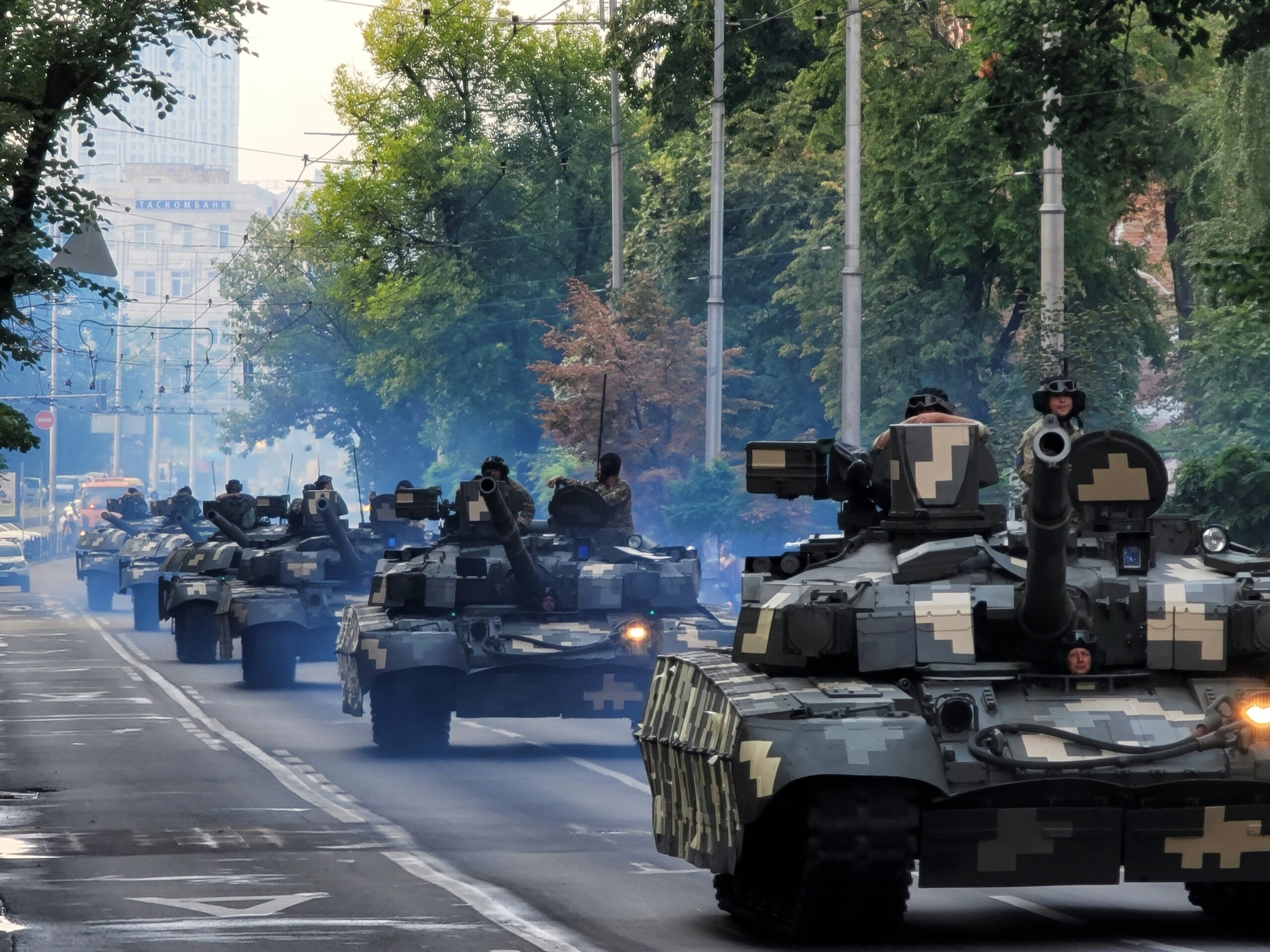The U.S. pushes Europe to seize Russian billions for the Ukraine war, signaling one of the boldest Western moves since the invasion began in 2022. American officials say it’s time for Europe to stop holding back and start using frozen Russian assets—money that could help Kyiv rebuild and possibly force Moscow to the negotiating table.
According to a U.S. source familiar with the matter, Washington “absolutely supports the EU and the steps they’re taking right now” to make use of the estimated €185 billion locked in European banks. These assets, mostly belonging to Russia’s central bank, have been sitting untouched since sanctions were first imposed.
Europe Hesitates as Pressure Mounts
While the idea of unlocking frozen Russian assets sounds simple, it’s anything but. Most of the money is held in Belgium, and Brussels fears legal and economic blowback if the EU acts alone. Germany’s recent comments about drone sightings near Belgian airports have only heightened the tension—many in Berlin believe it was Moscow’s warning shot.

Still, the U.S. push for Europe to seize Russian billions shows no sign of slowing. American officials argue that allowing Russia’s money to sit idle while Ukraine bleeds sends the wrong message. “This is about using Moscow’s own wealth to counter its aggression,” one senior source said.
Moscow Threatens ‘Painful Response’
The Kremlin has called the plan outright theft. Russian officials warned that any attempt by Europe to use the funds would “violate international law” and provoke what they described as a “painful and asymmetric response.” Moscow insists that Western governments are weaponizing global finance in ways that could backfire on the entire system.
But in Washington, the response is defiant. The Biden administration and now the Trump team, which took office earlier this year, view the move as both moral and strategic. They argue that Russia’s invasion has already rewritten the rules, and that letting Ukraine collapse would be far more dangerous than breaking financial convention.
Sanctions Deepen Economic Strain
The pressure campaign has intensified. The U.S. recently expanded sanctions on Rosneft and Lukoil, Russia’s two biggest oil companies, cutting deeper into Moscow’s main source of revenue. These moves, combined with Europe’s possible seizure of frozen assets, could be devastating to Russia’s financial network.
Analysts say this coordinated approach where the U.S. pushes Europe to seize Russian billions—reflects a new phase of the Western strategy: financial warfare. It’s not just about stopping tanks anymore, it’s about draining Russia’s war chest before it can recover.
A Risky Bet for the West
Still, not everyone in Europe is on board. Critics warn that using frozen funds could set a dangerous precedent, one that might one day be turned against Western countries themselves. Some legal experts question whether seizing another nation’s reserves, even under wartime sanctions, could undermine trust in the global banking system.
Supporters, however, argue that the moral case outweighs the risk. “Russia destroyed cities, displaced millions, and continues to bomb civilians,” one EU diplomat said. “If we can use their money to rebuild Ukraine, we should.”
A Test of Will
The U.S. push for Europe to seize Russian billions for the Ukraine war is more than a policy move, it’s a test of Western unity and resolve. Every country that supports Ukraine faces a choice: stand firm against Moscow’s aggression or retreat behind legal caution.
If Europe moves forward, it could mark the beginning of a new era where aggressors pay for their wars not just in lives, but in cash. But if hesitation wins, it might also reveal the limits of Western power in the face of an unyielding Russia.

















